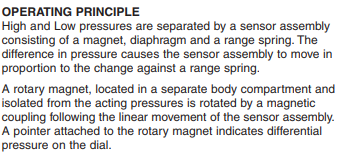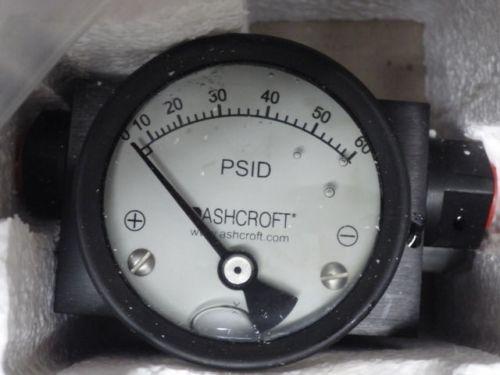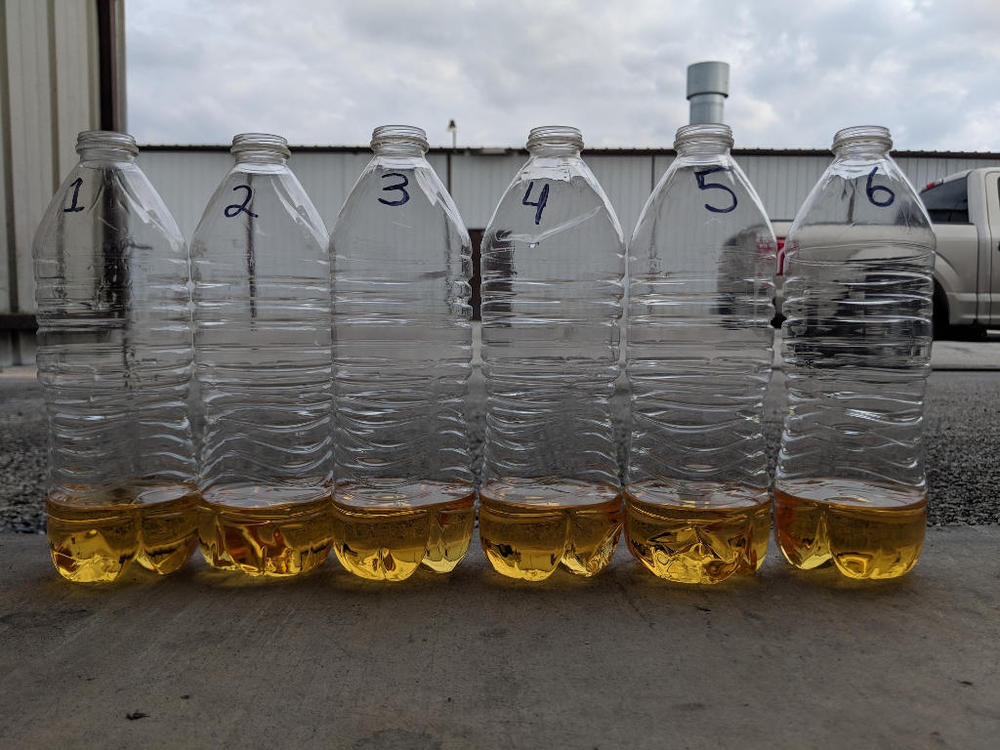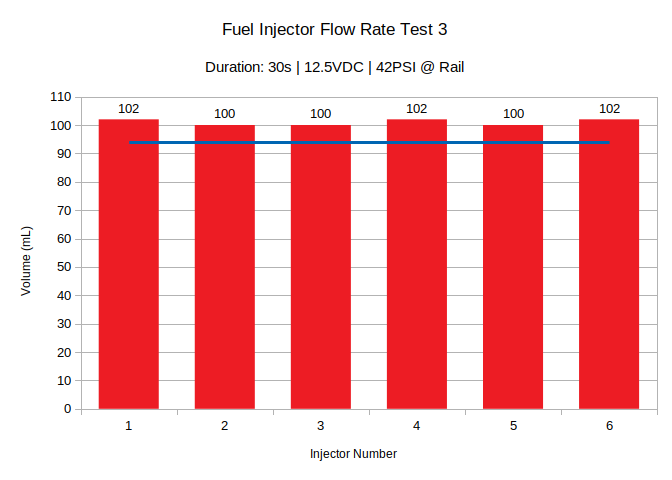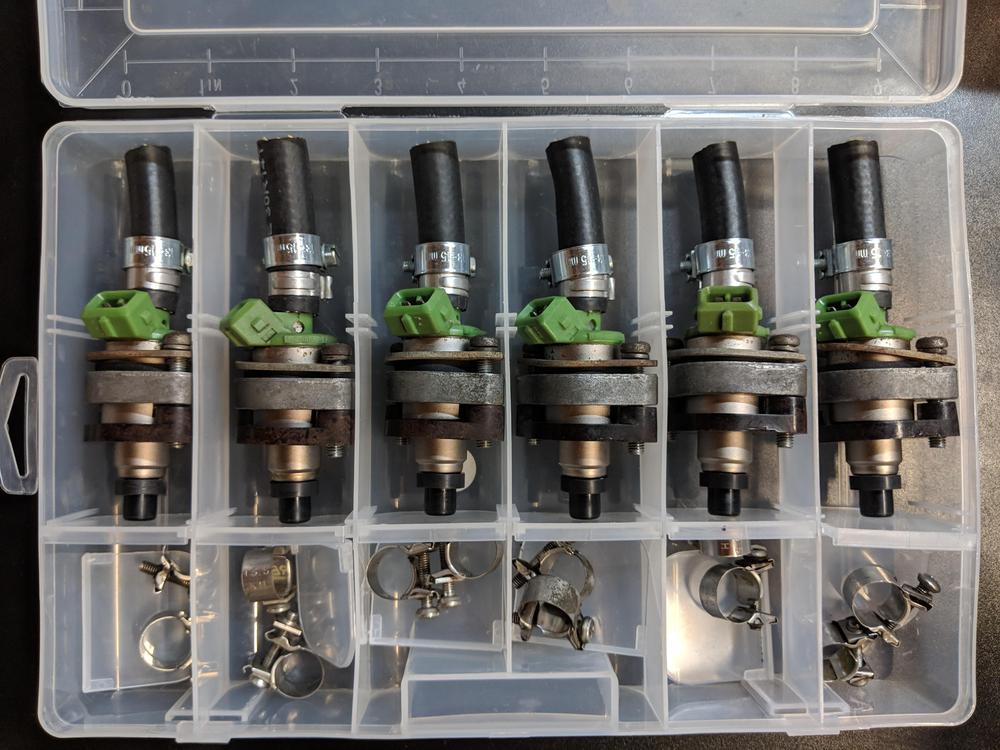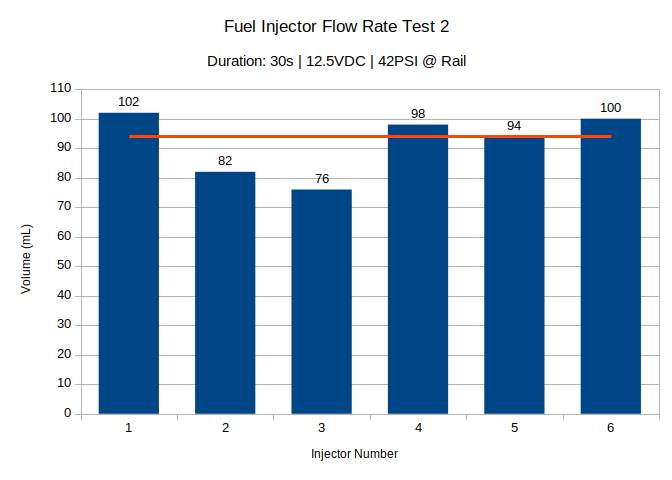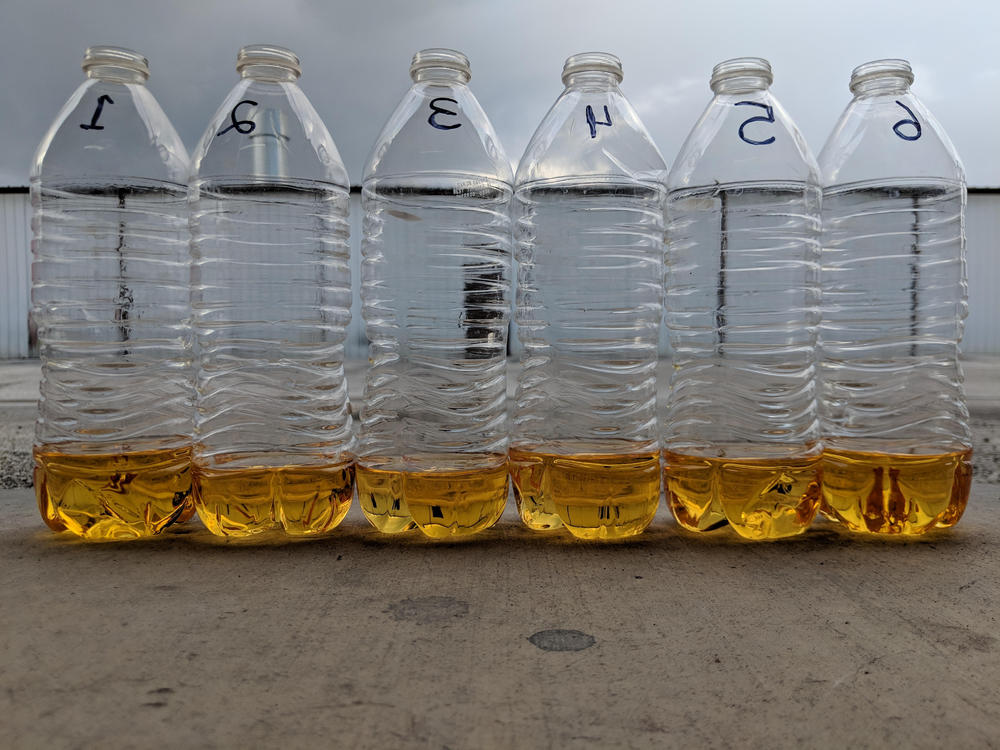
Everything posted by kinser86
-
78 280z Severe Driving Problems
It has been a while but I still owe some videos for everyone. We took the fuel rail return directly from the rail and dumped it into a jug and go 40-PSI. Thankfully this helps relieve any thoughts of the hard line to the tank and/or tank being the culprit. I did notice a kink in the rail on the outlet side, but I haven't pulled the regulator to test it outside of the car due to a busted air compressor system right now. Unfortunately we have been busy tackling many things and the weather has been garbage for a while so we haven't gotten out yet but we are still going down here. Maybe I'll find another factory rail and put it in if I come across one.
-
78 280z Severe Driving Problems
Great video! I can do the same with the fuel pressure regulator I got. The one I purchased is more zinc than the yellow cadmium chromate in your video. I have not cut the old one apart either so I can perform the test on it as well. Agreed Zed Head. I'll look a that new regulator similar to the video Dave WM posted to see if the new Bosch compares to the old.
-
78 280z Severe Driving Problems
Alright so it has been a few weeks, funds were allocated and other projects were tended too. We swapped in a new Bosch 64018 Fuel Pressure Regulator and the pressure on the rail stays rock solid at 40-PSI. Before it would steadily climb to 42/44-PSI if you raced the engine a bit. At this point, we are going to drive the car on the street/highway a bit and check the plugs. I've banged my head around other possibilities.. maybe the voltage supply is high at the fuel pump and the stock regulator still can't keep up even though this is a 'stock' replacement. One way to check is to see what the pump pressurizes the system with the oil pressure sensor unplugged and the car turned off. The car does have the alternator swapped for a 60A ZX alternator. I have reached out to Delphi for a map of their pump for reference. Has anyone else run the Delphi pump with factory rails and measured fuel pressure? It almost seems inevitable that a palnet rail and adjustable fpr is needed in this application in order to bring the pressure down. The engine is the most responsive I've ever experienced and initial issues seem to be gone but I wouldn't be surprised to see fouled plugs in the near/distant future to recreate some of those issues. As always, I appreciate everyone's help and the car has improved leaps and bounds prior to the start of this thread.
- 78 280z Severe Driving Problems
- 78 280z Severe Driving Problems
- 78 280z Severe Driving Problems
-
78 280z Severe Driving Problems
Well the new gauge gives the same numbers, 42-PSI. In the video, the first clip has the High and Low side hooked up to the gauge. The second short clip is just the high side. I haven't tried running the return off the rail into a bucket yet to see if the hard return line is causing the issue. I am running the Delphi FD0035 fuel pump now as I mentioned a few posts back. Right now this has to be isolated to a few things: Fuel Pressure Regulator No fuel is leaking from the vacuum side I don't know how this could fail and yield higher pressure Hard return line to tank Dump fuel return from rail to bucket to see if pressure is still high or not ?
-
78 280z Severe Driving Problems
Just for future reference, Fuel Injection Specialties did not charge me the second time and were extremely diligent and supportive of my concerns towards correcting them. I don't want people to be discouraged from using them nor do I want to tarnish their name. In the end, I got the injectors flowing evenly. It could have been my fault letting the injectors sit to long before reinstalling them. None taken. Quality and cost go hand in hand which is why I keep opting to spend money on better testing equipment rather than throwing it at the car. Like you mentioned, I am more interested in the measuring than driving the actual car ?. There doesn't seem to be any higher quality 1/4" NPT fuel pressure gauges readily out there. I am keeping my fingers crossed that the ΔP gauge will read better. Who knows, maybe the OTC vacuum gauge is incorrect and I don't really have 20inHg and I do have a vacuum leak somewhere which is why my fuel gauge is reading what it is. Time will tell, just have to wait for the gauge to come in.
-
78 280z Severe Driving Problems
Here is a snapshot of the mechanics of the gauge: Gauge Mechanics Gauge Datasheet I ordered the one from eBay and it is on it's way. I will post videos of course of it in action. For the time being, we are going to clean up some of the car and drive it some more and I will keep an eye on the plugs.
-
78 280z Severe Driving Problems
I think so too Zed. I plan my methods during the week and attack during the weekend. My hope is that any unfortunate individual who has to go through what I am/did with this car can reference this at some point and use the numbers to make the right decision rather than throwing money/time where it shouldn't go. Fortunately Ashcroft has very good documentation on their website. The item currently on eBay is: Model: 25-1130FL-25S-XV2-60# 25: Size (2.5") 1130: Series F: Body Material (Aluminum) (The stainless bodies have a higher max pressure rating of 6,000-PSI) L: Case Fill (Glycerin Fill) 25: Process Connection Size (1/4" NPT Female) S: Process Connection Location (In line) XV2: Options (1-SPST switch with terminal strip) 60#: Range (60 PSI) More importantly, the o-rings are Buna-N so gasoline should not be a problem. For the cost it is worth a shot.
-
78 280z Severe Driving Problems
Very interesting. There are some Ashcroft differential pressure gauges on eBay currently for a decent price. 0-60 PSI with a max pressure of 3,000PSI and 1/4"NPT(F). Something like this should work in this application correct? If so then it would be worth a purchase to have in the toolbox.
-
78 280z Severe Driving Problems
I still need to check if the fuel pressure is high or not. The gauge seemed to do fine with the compressed air sweep but still seems to read high on the car even with 20inHg at idle. If it truly is high, then I am not done yet ?. I have blown through the fuel rail and hard lines on the chassis with compressed air at about 120PSI with a clean towel covering the outlets and did not observe any particulates. I need to try a different gauge and see if I get the same results.
- 78 280z Severe Driving Problems
-
78 280z Severe Driving Problems
Update time. I had taken the injectors back to Fuel Injection Specialties and they agreed that two were flowing irregularly. They cleaned them again and got them back to flowing where they should have been. The discrepancy occurred because the cleaning solvent dried in the two injectors and clogged them back up. I took them back and did the same out of car test and got all of them to match volumes. After this, I put the rail back on the car and put in new plugs on every cylinder. At this point I felt the fuel pump was too much for the car and we pulled it and replaced it with a Delphi stock replacement. We hooked everything up, set the timing again, and tried to drive it again. From the video, the car is driving much better now. The resister between the coolant temperature sensor is turned all the way back as if it was never installed right now. With the stock pump replacement, the fuel pressure still seems a little high but not as high as with the previous pump. I pulled the plugs after we drove it around for a bit and took some pictures. I need to put the AFM cover back on and clean up some of the engine bay before really driving it. Any thoughts on fuel pressure/vacuum reading?
- 78 280z Severe Driving Problems
-
78 280z Severe Driving Problems
Makes perfect since. The way I interpreted your statement was my volumetric flow rate of the pump is exceeding the capacity of the regulator, yielding in a higher pressure. Once the flow stops, system stabilizes and releases higher pressure down to 36psi. Is that right? I don't know if this is happening, but something I can definitely check. I do notice the gas tank pull in air when opening the cap. I have read that this is common with these cars though. The check valve is working on the gas cap though so its not clogged. This is stuff I evaluated before I got heavy in to the technical details.
- 78 280z Severe Driving Problems
-
78 280z Severe Driving Problems
Alright, before I address the recent posts let me state an update. I contacted the injector shop here and asked about the tests. They confirmed the volume was in milliliters. I brought up that my test showed two outliers vs their results. They said to bring them back and we can set them up on their tester and run the test again to see if that is true. I told them that next week sometime will be the earliest so I will document the trip and report back findings. It stays up, I don't have a number to support this but it does not drop to zero immediately. Give it 24 hours, it'll drop to zero. When working on the car, I could go away 30 min at a time and glance over the gauge and see its not at zero when going back to start it. I do have new plugs ready to go in and I will put the old ones aside. Right now I am looking for the high fuel pressure culprit and outlier injectors. This is good to hear! ? I will keep this in mind again once I have the car completely back together (if you still have it at that time). To Do List: Take Injectors off rail Inspect fuel rail for blockage Bench flow injectors at shop in town that serviced them If the flow is even on the bench.... replace fuel rail? ? (I am not sure, this would stump me) If uneven, replace known bad, repeat flow test to confirm even Test fuel gauge accuracy/precision Plumb fuel supply to fuel return with confirmed working gauge in between to test for restrictions Plug test, which will be heavily documented with video and everything. I am familiar with plug/chop test on motorcycles, never performed one but don't think the car is capable of safely doing this under load. Hopefully I got everything...
-
78 280z Severe Driving Problems
Those are some good suggestions regarding the test with the fuel pump and bypassing the FPR. The company that serviced the injectors documented the results. They did a Open flow and Pulsed flow test. I need to confirm the number in the result, more than likely volume but they did not deviate as much as they did on the car. Unfortunately, the injector number in the test do not coordinate with the injector cylinder number on the car and in my test. Given this information, it would appear the injectors are operating close to each other, no obvious outliers as identified in my test. Open Flow | Duration: 30s Injector 1 2 3 4 5 6 109 110 110 108 107 107 Pulsed Flow | Duration: 80s | RPM: 2400 | 6ms Injector 1 2 3 4 5 6 116 116 116 116 117 120 At this rate, I can disassemble to fuel rail and check for debris again since it is already out of the car. I can document it along the way. I figured since I have the rail out and ease of access to replace the FPR. Maybe the diaphragm has become rigid from age and degradation. Regarding injectors, I was thinking of buying two injectors and seeing if they flow the same as the others using the same test as before. If they don't differentiate by much in volume then I don't see the need to buy 6. If something looks suspect (spray pattern or volume) I would probably buy four more and run another flow test again. 42 PSI engine off, key switch on, oil pressure sensor disconnected. This is 6 PSI greater than it should be and I am trying to find out why. I will test the gauge with compressed air to validate its functioning/not sticking/accurate. AFM Number: A31-605 ECU Number: A11-601 000 I have read a number of times these two are supposed to be from the same batches (not sure how true that is) which is why I always look for sets. Right now the rail is still out the car until resolve this high fuel pressure issue but I will keep that in mind when I get over the hump if the numbers are compatible.
-
78 280z Severe Driving Problems
I have been weighing some options here.. going back and forth between switching rails to a Pallnet style with an adjustable FPR or sticking stock. Right now a replacement fuel pressure regulator (Bosch 64018), is available from rockauto and Amazon Prime (believe it or not). If I can't overcome the fuel pressure, then a lower flowing pump would be in order, yanking out the walbro 255 to something less. This would only leave me with the injectors as the variable in the fuel world. Rockauto has a few injectors available, but I would not go re-manufactured if I'm trying to eliminate some variables of 'what ifs'. Granted I intend on running the same test as before prior to installing the rail. That will provide a degree of confidence. We have found some good symptoms with the high fuel pressure, unbalanced injectors, and vacuum advance routing. But what if after this next round of parts, the car is still rough. Is it then time to look for an ECU/AFM pair and try then? I'm trying to find the smoking gun between the lines, again going in circles as I do. Thoughts?
-
78 280z Severe Driving Problems
Thanks! Just let me know. I have been thinking if I am going to replace the FPR, that I should go with a Pallnet rail with an adjustable FPR. This was going to be a modification down the road but given the circumstances and cost associated with a stock replacement, the Pallnet rail would be closer. I would still use the factory barb style injectors. Just a thought.
-
78 280z Severe Driving Problems
I hope others can learn from this too. ? The statement in bold summarizes how I approached everything with respect to this car. ?? Regarding the fuel pressure, really the only solution here is to replace the regulator on the rail or change the fuel pump back from the walbro. Considering they are about the same price, I would go with a regulator first to see if that helps. The injectors were at 2.4Ω and 2.3Ω, so they were definitely not 16Ω. Sorry those were not included originally, I need to update that data sheet. We had the injectors serviced with Fuel Injection Specialties and the nozzles were replaced as part of the service(they used to not be black tipped). That may explain the mist/vapor appearance versus the stream appearance. I would definitely be interested in a set of injectors that have a known past. PM will be on it's way shortly! Thanks for the input everyone, this is a journey ?
-
78 280z Severe Driving Problems
Alright here are the results. I had to assume 188cc/min at 12VDC so a 30 second flow should yield 94mL. We ran a couple of test, not much deviation between then data groups. The second video shows what the PSI at the rail was during the test as well as the quality of the return from the rail. I even mention it in the first video. The gas is not bad, it has some 102 octane in the tank, that is why it is orange.
- 78 280z Severe Driving Problems
-
78 280z Severe Driving Problems
Thanks for the clarification?. I have an extra set of injector connectors I will put together in series for the volumetric test out of the vehicle. The parallel circuit was an example outside of the car (excluding the dropping resistor) but you are correct, about 1.7A in the vehicle with the dropping resistor.







